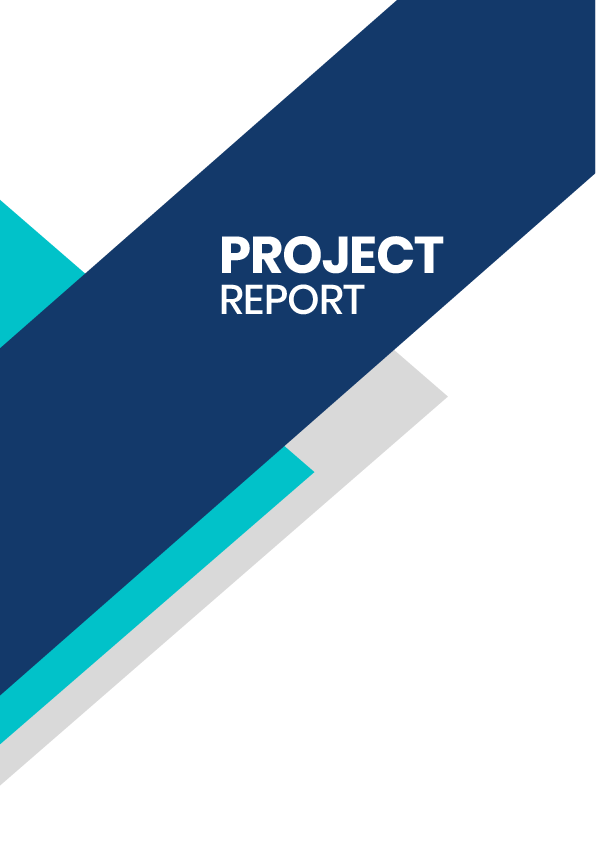Related Keywords
- Early Childhood Education
- Toddler Learning Center
- Nursery School Hub
- Kids Learning Academy
- प्री-स्कूल उद्योग
- बचपन शिक्षा केंद्र
- Early learning: Parents believe early education gives their kids a head start.
- Work-life balance: Pre-schools offer a safe place for kids while parents work.
- Skill development: Children learn social, emotional, and cognitive skills.
- Increased awareness: More parents are aware of the benefits of early childhood education.
Latest Trends in Pre-school Industry
- Free preschool is growing – Many places like California and New Mexico are offering free preschool to families. This helps kids start learning early, and parents don’t have to worry about the cost.
- Teaching social and emotional skills – Preschools are focusing on helping kids understand their feelings, make friends, and solve problems. This is good for their happiness and kindness.
- Using technology for fun learning – Preschools are using tablets, apps, and even robots to make learning fun. It helps kids think and solve problems while playing.
- Teachers visiting homes – Some teachers are visiting kids at home, playing games and reading stories. This helps kids get ready for school in a more comfortable way.
- Flexible hours for working parents – Some preschools are offering flexible timings to make it easier for parents who have different work hours. This helps families manage better.
Why Pre-School Industry Has Potential?
- Growing Demand - More parents are looking for early education. Around 25 million kids in India are between 2–5 years old.
- Working Parents - Many families have both parents working. They need safe places where kids can learn and stay during the day.
- Low Investment, High Return - A pre-school can be started with ₹5–10 lakhs, and monthly income can reach ₹1–2 lakhs depending on fees and number of kids.
- Urbanization - Cities and towns are growing fast. Parents in urban areas value early learning and are ready to pay for quality pre-school.
- Focus on Early Learning - Experts say the first 6 years shape a child's brain. Parents now want proper learning, not just babysitting.
- Franchise Opportunities - Many big brands offer pre-school franchises with full support. This reduces risk for new business owners.
- Recurring Income - Parents usually enroll kids for 1–3 years, ensuring regular income and stability.
- Flexible Space Use – Pre-schools can run in small buildings or even part of a home. No need for big land or complex setups.
- Government Push - New education policies promote early childhood education, which increases demand for good preschools.
- Future Growth - The preschool market in India is growing at 16–20% every year, showing strong long-term potential.
Affordable, Reliable, and Best Project Report for Pre-school

Need expert service?
Please send a WhatsApp message to us, and our team of experts will guide you in creating a project report for bank loan.
Create Your own project report in less than 10 mins.
- Unlimited edits
- Unlimited downloads
- Up to 10 years of projections
- 20+ pages

Frequently asked questions
Everything you need to know about the product and billing.
Finline is an online tool for creating a project report for bank loan online and see the report for free online. You only need to pay for downloading the report.
Can I change my plan later?
Yes , ofcourse you can upgrade from a lite plan to a pro at anytime.
Can I edit the report after download ? is it chargeable?
You can do unlimited edits even after download without any extra payment.
What is the ‘lite’ and ‘pro’ plan ? Is it subscription based plans?
Lite and Pro are just individual report download plans , not subscription plans.
Do I require a CA seal & Stamp for getting a loan?
Not at all, project report is a business plan about your business and it should be prepared by an entrepreneur . Nobody can predict and certify a business which is going to happen in the future.
Can I get any assistance from your team?
Yes of course, you can go to the help section in all pages were you can find chat button for seeking support.
Can I get a project report format for bank loan through Finline?
Yes! Finline provides a ready-to-use project report format for bank loan. You can create it online, see it for free, and download it instantly for your loan application. This makes your project report format for loan easy to complete in just a few steps.
Do you provide a project report format for bank loan in excel?
Yes. Finline offers a project report format for bank loan in excel that is easy to edit and customize. You can also download a project report format for loan in excel if you prefer working offline.